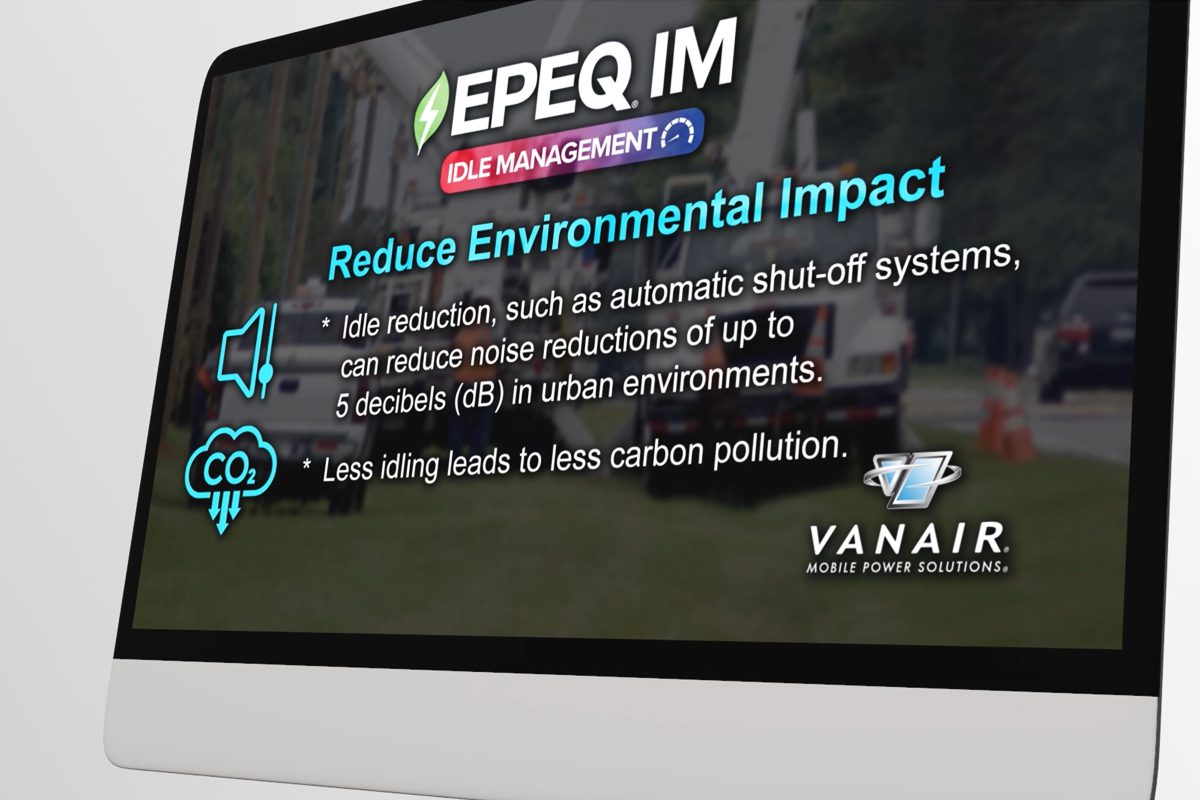Artificial intelligence (AI) is reshaping the commercial transportation industry at a rapid pace. As companies face increasing pressure to reduce emissions, cut operational costs, and optimize logistics, AI has emerged as a critical tool for achieving these goals. By leveraging machine learning, predictive analytics, and intelligent automation, commercial fleets can now operate cleaner, leaner, and smarter than ever before.
Reducing Emissions Through Smarter Routing and Driving
One of the most direct ways AI contributes to lower emissions is through route optimization. Traditional GPS systems provide directions, but AI-powered fleet management platforms analyze vast datasets — including real-time traffic, weather conditions, construction zones, and delivery schedules — to suggest the most fuel-efficient routes.
AI also enables:
- Eco-driving assistance: AI can monitor driver behavior and provide real-time feedback to reduce harsh braking, rapid acceleration, and idling — habits that increase fuel consumption and emissions.
- Predictive maintenance: Identifying engine issues or inefficient components before they cause breakdowns helps vehicles operate more efficiently and stay in optimal condition.
These innovations contribute to a significant reduction in greenhouse gas emissions and help companies meet environmental regulations and sustainability goals.
 Cutting Costs with Predictive Insights and Automation
Cutting Costs with Predictive Insights and Automation
Fuel is one of the largest expenses for commercial transportation. AI’s ability to analyze historical fuel usage, traffic patterns, and route choices allows companies to minimize wasteful practices and forecast more accurate fuel budgets.
Additional cost-saving benefits include:
- Dynamic pricing and load optimization: AI helps determine the best rates based on demand, distance, and cargo type, while also optimizing truckloads to avoid underutilization.
- Autonomous and semi-autonomous driving systems: Although still emerging, these technologies are reducing labor and insurance costs by decreasing accident rates and improving delivery predictability.
In the back office, AI-powered systems streamline administrative tasks, from invoicing to compliance documentation, freeing up time and resources.
Enhancing Operational Efficiency and Decision-Making
AI-driven platforms give fleet managers unprecedented visibility and control over their operations. Through real-time dashboards, predictive analytics, and anomaly detection, decision-makers can:
- Quickly reroute shipments in response to delays
- Forecast delivery windows with high accuracy
- Identify underperforming vehicles or drivers
- Adjust to changing market conditions with agility
AI also plays a critical role in supply chain synchronization, ensuring that inventory, warehousing, and transportation are tightly integrated to reduce downtime and increase throughput.
As the transportation industry continues to digitize, the integration of AI will be crucial not just for competitiveness but for compliance with future emissions regulations and market demands. Companies that invest in AI technologies today will be better positioned to thrive in a low-carbon, high-efficiency future.
The delve deeper into the topic of AI, join us at this year’s ACT Expo, April 28-May 1, at the Anaheim Convention Center. On Monday, April 28, we will be holding the Automation & Digital Technology Solutions for Commercial Transport workshop, where experts will explore the rise of AI in transportation, focusing on how AI technologies are reshaping the way we move goods and people.


